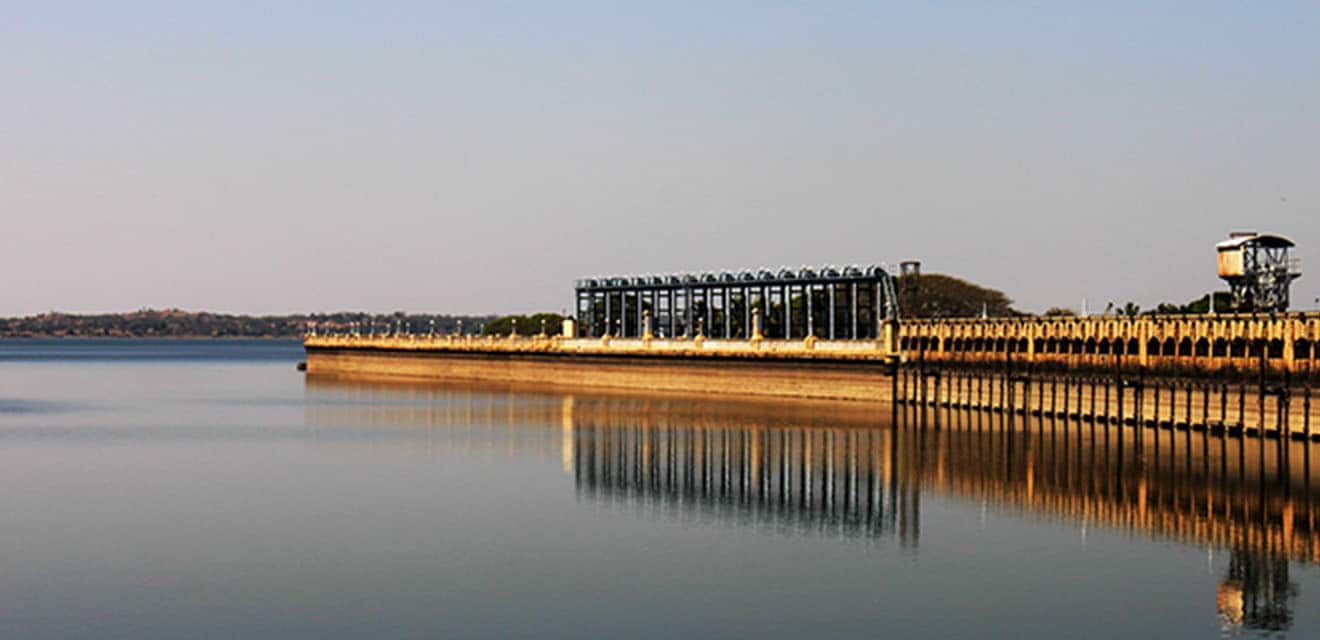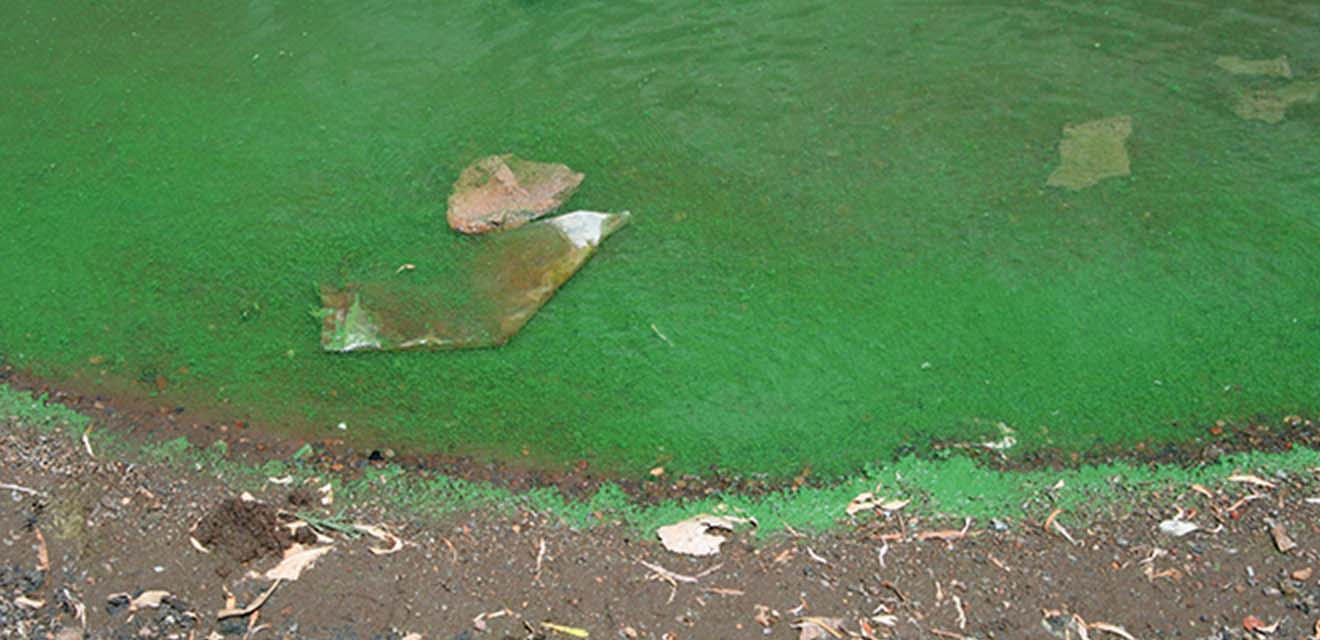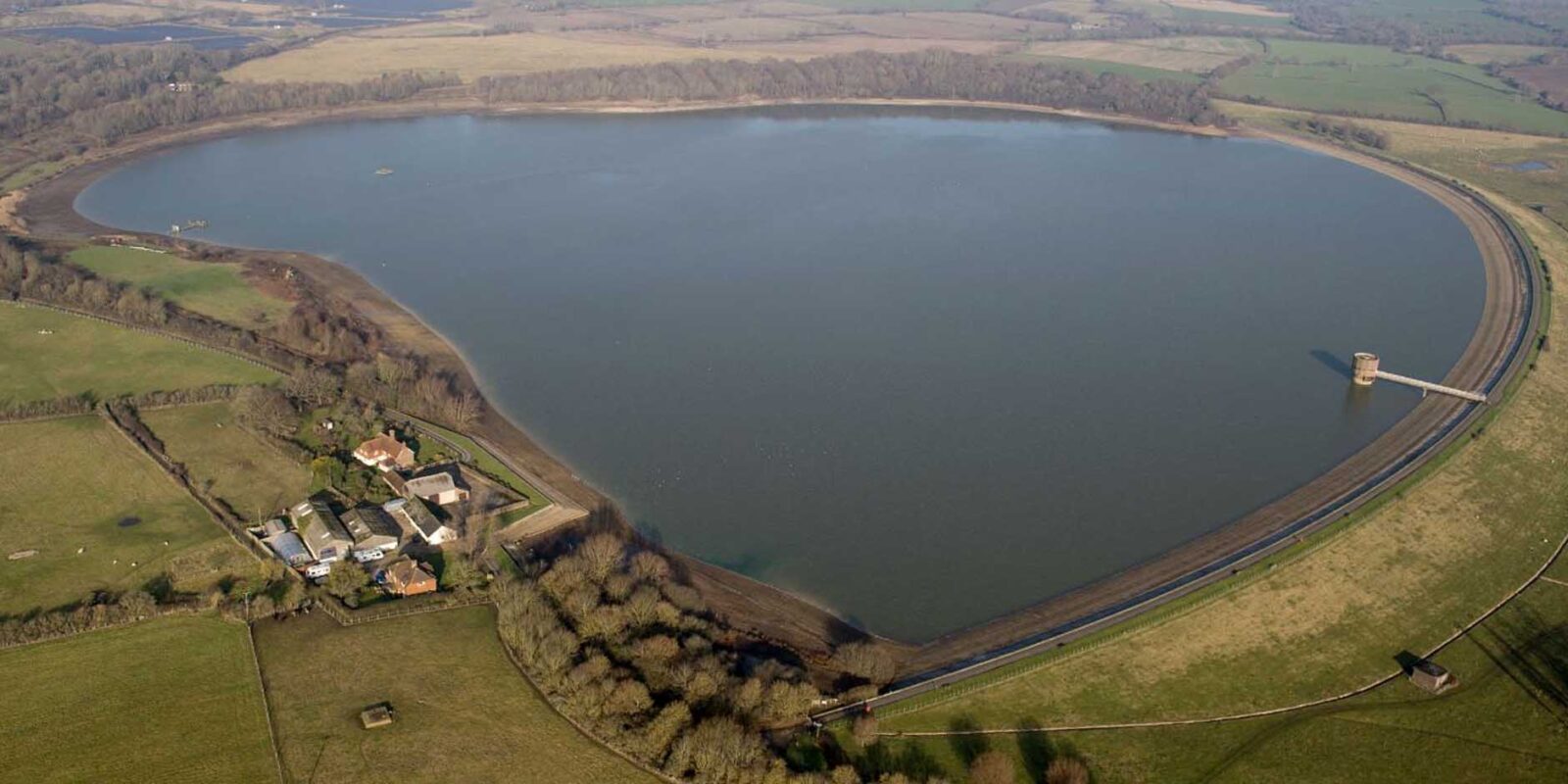In short
- Resilience is the most important trend in water resource management;
- The biggest challenge facing water utilities is dealing with legacy nutrients sustainably;
- Thinking of raw water management as a treatment process on its own is critical for sustainable water resource management.
During last week’s webinar “Trends in Water Resource Management: Part II,” Douglas Whitfield (Director of Operations, South East Water UK) highlighted key trends and challenges that water companies are facing. He also shared his view on the “source-to-tap” approach, a strategy for achieving resiliency in water management.
In this post, we’ll highlight 3 take-aways from last week’s webinar. Scroll down to watch the video snippet.
Trends in water resource management
The world’s water crisis is a dire situation. With the rising threat of global warming and the reality of population growth, our freshwater supplies won’t be sufficient for future supply. It’s been estimated that half of the world’s population will likely live in river basins experiencing water stress by 2025, and that the world will face a 40% shortage of water by 2030.
Conserving freshwater and improving current water management methods have become top priorities to ensure the long-term development of human society and the environment.
Water resource management (WRM) is essential for any water utility. It’s “the process of planning, developing, and managing water resources, in terms of both water quantity and quality, across all water uses.”
Planning with resilience in mind is key. Resilience of the water companies and their water supplies; resilience for customers and the environment.

Resilient planning is also essential for securing the stability of water supplies. We must consider population growth and changes in demand, climate variability, periods of dry weather and flooding, and other events that can bring losses in resource availability.
This trend is becoming increasingly important both for the quality and quantity of raw water resources.
Challenges for water utilities
In water resource management, challenges vary according to the source type. They can occur naturally or be historical – for example, from industrial or agricultural practices which polluted waters with pesticides, nitrates, and solvents. Some of these components are still stored in the sediment (legacy nutrients), although practices might have changed meanwhile.
Common challenges include nutrient loading (especially nitrates and phosphates), algal blooms, microplastics, pharmaceuticals, invasive species, and climate impacts (short- and long-term).
With global warming, some of these issues are aggravating. We’re already witnessing the damage caused by the ever-growing threat of algae blooms. Amongst other hazards, they put drinking water supplies at risk.
These issues can be tackled either reactively or proactively. However, solely focusing on protecting the final water quality comes with the risk of not perceiving raw water challenges with the same level of importance.
Source-to-tap approach. Raw water as a treatment step
According to Douglas Whitfield, the water industry used to have a “treat-to-resolve” approach mindset to raw water quality problems in the past.
However, the past decade has seen new plans and approaches that center more around sustainability.
For example, the Drinking Water Plans in the UK were developed using the “source-to-tap” approach and they consider the catchment, treatment process, distribution network, and customer needs.
This mindset allows water companies to have consistent raw water quality and quantity. To achieve this, however, we need to view raw water management as an essential treatment step.

With harmful algae events, it’s crucial to treat the problem at the source to avoid degraded water quality and additional issues in the treatment process.
To treat the issues at the source, real-time monitoring of the water resource is essential. So is the ability to forecast harmful blooms or other potential risks. The collected data helps remove risks at the source, which is an efficient and cost-effective approach.
